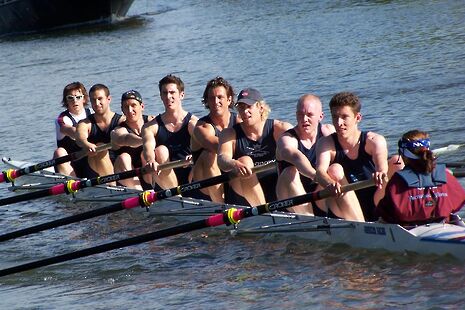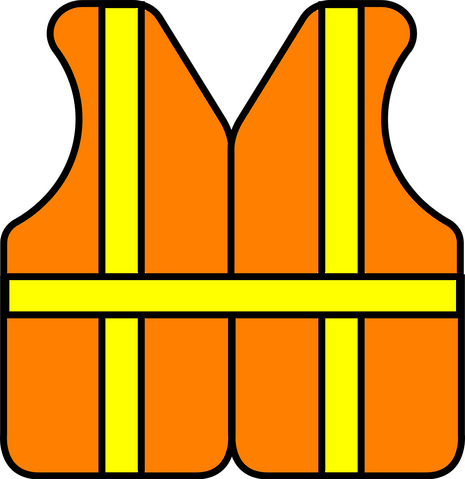Lent Bumps Saga: did CUCBC mislead us?
A comparison of CUCBC’s justification for its decision with the hard facts suggests it was not made in the interest of rowers’ safety, as was claimed

Given the current climate, I should preface this article by saying that the following views are solely my own, and based on my own experience of rowing at Cambridge. I learned to row here and continued for six years, serving as lower boats’ and overall captain of First and Third.
At the start-of-term captains’ meeting in January, the CUCBC committee announced that the number of divisions in Lent Bumps would be cut from the usual seven, to six, eliminating 17 boats and 153 athletes from the competition. This decision was not put to a vote though the college captains voiced concerns. An exceptional meeting was eventually called, but CUCBC made it clear that any vote would result in their resignation and cancellation of Lent Bumps.
CUCBC have a difficult role, with often conflicting duties of acting as a safety authority, organising competitions, and managing relations between the rowing community and external and university bodies. In general I have found that CUCBC, and in particular their Honorary Secretaries, deal with the many irate people they encounter on a daily basis with incredible grace and patience. However, I believe that the somewhat disparate nature of their obligations has, in part, been the source of recent difficulties.
In May 2014, a senior member of the CUCBC committee sent an email to the captains on the subject of improving the quality of rowing on the Cam. It included the statement “personally I would gladly trade a division of lower boats in bumps for better rowing at the top”. The sentiment that rowing at Cambridge isn't what it used to be is common among alumni and older members of the community. This stance by CUCBC, in what I believe to be a largely political discussion outside the purview of safety, leads to questions of their motivation in making decrees such as that discussed here.
There have been mistakes on both sides; however, I found the case in favour of the reduction presented by CUCBC to be less than convincing. The statement released includes a number of observations which are not supported by records or facts. I reviewed the Notes and Fines from the Lent and May Bumps for the past six years, noting the number of fines for dangerous coxing (usually awarded for rowing into a stationary boat), and for what I considered secondary offences, (“failure to clear” etc.), so categorized by the size of fines awarded. What I found was that not much has changed. Instead of the alarming ramp-up in incidents suggested by CUCBC, I found a fairly constant (and low) number of dangerous coxing fines, and that many, if not the majority, of the secondary fines originated from boats in the top two divisions, not the lower boats that have been cut. (A notable exception was 2012, when the river was effectively closed due to ice for two weeks. This dramatically disadvantaged the progress of novices.) On average, there were 1.9 incidents per division in the Lents, and 1.2 in the Mays. Excepting 2012, there were on average 1.4 dangerous coxing fines each set of Bumps. In their statement, CUCBC announced that “up to half of 2nd and 3rd division crews [are] crashing… often into crews already stopped”. This suggests that up to 36 crews crash in Bumps, and of these, say nine row into stationary boats. If this is true, where are the dangerous coxing fines? Either they are not being awarded, or they are not happening. I believe that the decline in safety has been grossly exaggerated.
It has been suggested that novice crews should not aim to row Lent Bumps, and that congested morning outings are not giving them sufficient experience for racing. I believe that the opposite is true. Novices need more Bumps-style racing, not less. The stress and carnage of novice regattas and early morning outings give coxes practice in dealing with adrenaline and panic and help to develop their spatial awareness. Cutting a division of Lents will only mean less experienced coxes and crews in Mays. CUCBC have stated that they will not increase divisions until competency is demonstrated, while admitting that there is no feasible way to assess it, except for collectively, during Bumps, creating a Catch-22 that renders captains powerless to affect change.

Given the above evidence, I believe this is a political, rather than a safety issue. To improve safety, CUCBC should relax the rules on coxes with Colours steering lower boats, run a Bumps-style practice race for novices over the Long Reach, create a short online test for coxes, and raise the fine for dangerous behaviour to above that for public urination (£85), as I and other captains before and after me have urged.
In terms of the decline in the standard of college rowing, I would say that the sport, as a whole, has changed immensely over the past 30 years. Cambridge has become a centre for beginners rather than Olympians, one of the few places where there are no barriers to what is known elsewhere as an 'elitist' sport, but the community has not changed fast enough. Safety and standards can be improved by offering more coaching training. College first boats are not going to start qualifying for Henley because the bottom division of Lents is cut, but future world-class athletes could be lost.
CUCBC have damaged more than the racing hopes of 150 athletes with their handling of this Lents. They have damaged their relationship with the captains and the college rowing community. My impression is that the committee feel they represent the line between calm and anarchy on the Cam, but nothing could be further from the truth. I don't see a “free for all” in the mornings on the Cam. I see a group of athletes training for a shared goal, more experienced coaches rushing to the aid of novices from other clubs, and captains urging their crews to show restraint and kindness. College rowing runs on goodwill and mutual respect. You can’t regulate that.
 News / Clare Hall spent over £500k opposing busway 24 December 2025
News / Clare Hall spent over £500k opposing busway 24 December 2025 Comment / The ‘class’ of Cambridge24 December 2025
Comment / The ‘class’ of Cambridge24 December 2025 News / Caius mourns its tree-mendous loss23 December 2025
News / Caius mourns its tree-mendous loss23 December 2025 News / Girton JCR publishes open letter expressing solidarity with Palestine25 December 2025
News / Girton JCR publishes open letter expressing solidarity with Palestine25 December 2025 Comment / Yes, I’m brown – but I have more important things to say22 December 2025
Comment / Yes, I’m brown – but I have more important things to say22 December 2025









